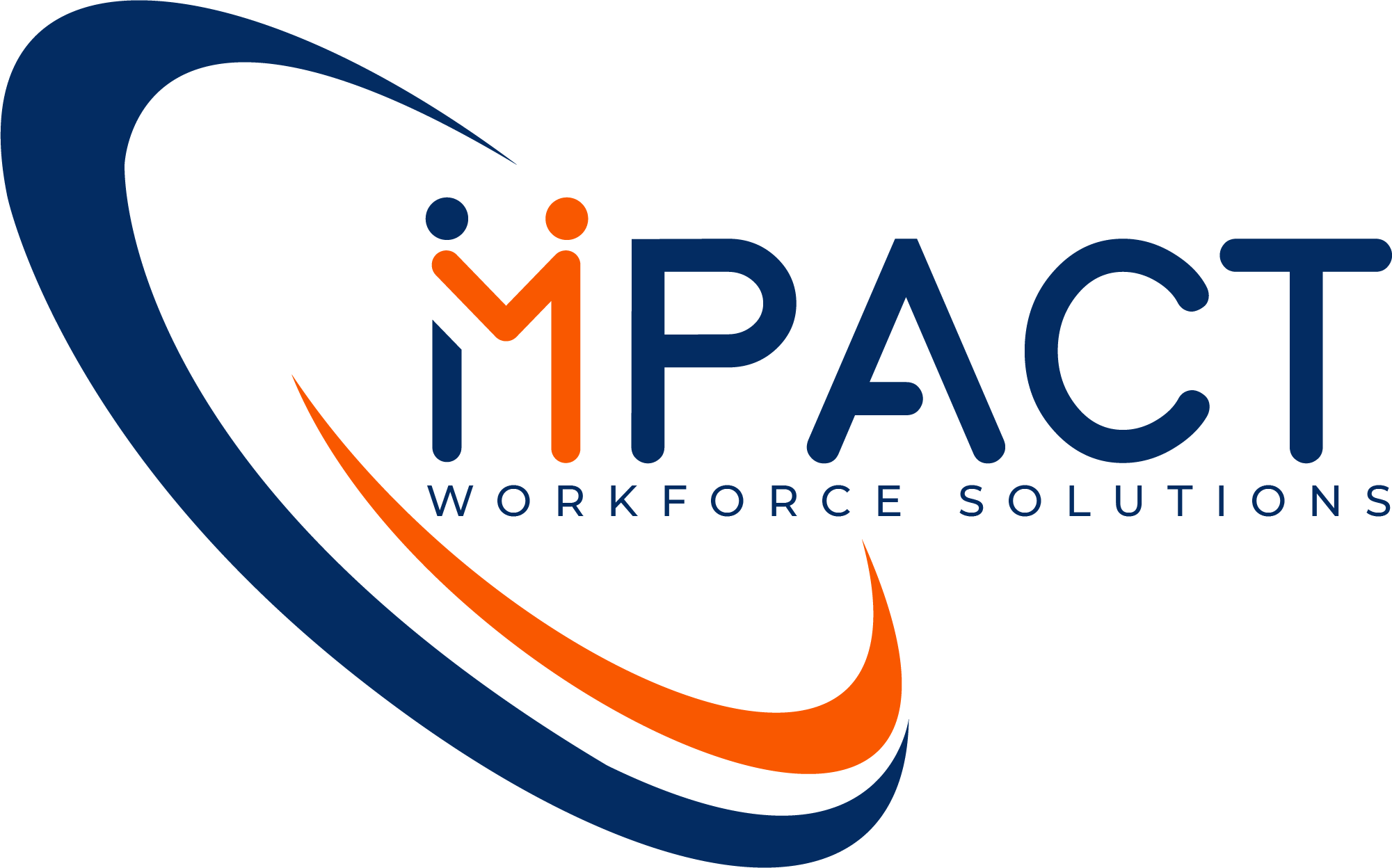
For anyone leading distribution center operations, achieving efficiency is a constant balancing act. Labor shortages, equipment failures, and demand volatility all create serious roadblocks to meeting organizational objectives. These hurdles aren’t new, but in a hyper-competitive supply chain environment, they’re hitting harder than ever.
Every issue in distribution center operations ripples across the business: delays impact customer satisfaction, inaccuracies inflate costs, and unsafe workplaces jeopardize the workforce. Many businesses try to patch up their distribution center challenges with quick fixes, hoping that a few tweaks here and there will restore efficiency. But soon, breakdowns, turnover, and missed orders resurface, proving that temporary hacks fall short. To achieve lasting operational resilience, you need lasting solutions.
1. Labor shortages
The U.S. warehousing sector faces an ongoing labor crisis. High turnover, seasonal demands, and recruitment gaps make it difficult to maintain a consistent workforce. Labor shortages don’t just slow distribution center operations and productivity — they create a costly cycle of recruitment, onboarding, and lost productivity. For distribution centers operating on razor-thin margins, the need for reliable workforce solutions is urgent.
Solutions
- Staff augmentation: Partner with workforce management experts to implement a staff augmentation strategy that can bridge labor gaps without long-term cost burdens. These models provide flexible, contingent staffing that aligns with fluctuating operational needs.
- Retention-focused programs: Offer competitive benefits, streamlined onboarding, and more career development opportunities that foster loyalty among contingent and full-time staff
- Direct sourcing: Collaborate with workforce experts — those who specialize in direct sourcing for distribution sectors — to create a talent pool of pre-vetted candidates.

2. Inventory inaccuracies
Inaccurate inventory data is catastrophic to distribution center operations. Miscounts result in delays, lost sales, and frustrated customers. Some studies have found that inventory accuracy rates in U.S. retail operations average just 63%. That’s a significant margin for error, and it can translate to profit loss if unchecked.
Solutions
- Robust inventory tracking systems: Implement real-time tracking technologies like radio frequency identification (RFID) and warehouse management systems (WMS) to ensure accurate, up-to-date inventory visibility across the entire distribution center.
- Cross-functional collaboration: Prioritize clear communication between warehouse staff and inventory managers. This reduces errors, improves productivity and profit, and ensures systems remain aligned.
3. Equipment failures
A single equipment failure can halt distribution center operations, causing ripple effects throughout the supply chain. Whether it’s a malfunctioning conveyor system or a critical forklift breakdown, unplanned downtime is costly, eroding both productivity and profits.
Solutions
- Preventive maintenance programs: Schedule regular maintenance for machinery, vehicles, and systems to mitigate failures before they occur. Operations managers who prioritize predictive maintenance can reduce costly downtime by up to 30%.
- Data-driven maintenance tools: Implement IoT-enabled monitoring tools that provide real-time insights into equipment performance, enabling proactive interventions and minimizing disruptions.
- Workforce training: Employees must be trained to identify warning signs and address minor issues early. Well-trained staff serve as the first line of defense against costly equipment breakdowns.
4. Demand fluctuations
Demand fluctuations present a dual challenge: overstaffing during slow periods increases labor costs, while understaffing during peak demand risks delays and lost revenue. In distribution center operations, achieving optimal scalability requires precise demand planning.
Solutions
- Advanced forecasting tools: AI-driven forecasting tools allow operations managers to analyze historical data, predict demand spikes, and plan accordingly. These forecasts enable better staffing and inventory decisions.
- Contingency staffing: A flexible workforce model, supported by staff augmentation, helps distribution centers scale up or down as demand requires without the costs of permanent hiring.

5. Workplace safety
Safety is non-negotiable. A lack of focus on workplace safety increases injuries, legal risks, and absenteeism, undermining productivity and morale. The distribution sector experiences higher injury rates compared to many other industries, largely due to heavy machinery and high-velocity distribution center operations.
Solutions
- Regular safety audits: Conduct consistent safety audits to identify risks before they escalate, allowing for corrective actions.
- Employee training: Comprehensive safety training — including equipment handling, emergency response, and ergonomics—reduces workplace incidents and reinforces a culture of accountability.
- Effective operations management: Lead by example and prioritize safety in decision-making. Empowering teams with clear communication, accountability, and access to the tools can mitigate risks while enhancing morale and productivity.
Partner with experts to overcome challenges
For 2025’s distribution center operations, tackling these challenges will be inevitable. And proactive solutions will help keep operations profitable and resilient — come what may.
At Impact Workforce Solutions, we provide tailored workforce and operational strategies that empower operations managers to navigate these challenges efficiently. Whether it’s staff augmentation, workforce optimization, or proactive staffing solutions, our expertise can be your ticket to agile, productive, and scalable distribution center operations.
